Description
Familiarity with treatment
Pediatric limb reconstruction involves a series of surgical procedures aimed at correcting congenital, developmental, or acquired deformities and deficiencies of the limbs in children. This comprehensive approach utilizes various techniques, including osteotomies, lengthening procedures, and soft tissue reconstruction, to improve limb alignment, function, and overall quality of life.
Procedure
The specific procedures for pediatric limb reconstruction vary based on the individual’s needs but may include:
- Osteotomies: Surgical cutting and realignment of the bone to correct deformities.
- Lengthening procedures: Using specialized devices to gradually lengthen bones, addressing limb length inequalities.
- Soft tissue reconstruction: Addressing muscle, tendon, or ligament deficiencies to improve limb function and stability.
These procedures are often performed in a staged manner, allowing for gradual correction and adaptation of the limb tissues.
Who is it suitable for?
Pediatric limb reconstruction is suitable for children who have:
- Congenital limb deficiencies or deformities, such as fibular hemimelia or radial club hand.
- Developmental limb deformities, including angular or rotational deformities of the long bones.
- Acquired conditions such as post-traumatic limb deformities or growth plate disturbances.
Who is it not suitable for?
Pediatric limb reconstruction may not be suitable for children who:
- Have mild deformities that can be effectively managed with non-surgical methods.
- Have medical conditions that pose a high risk for surgery and recovery.
- Have reached skeletal maturity, limiting the potential for growth-related corrections.
Advantages
- Correction of limb deformities, potentially improving function and mobility.
- Restoration of limb length and alignment, reducing gait abnormalities and joint stress.
- Improvement in overall limb aesthetics and self-image.
Complications
Complications associated with pediatric limb reconstruction can include:
- Infection
- Delayed or non-union of the bone
- Nerve or blood vessel injury
- Overcorrection or undercorrection of the deformity
- Joint stiffness or contractures
Preoperative care
Preoperative care for pediatric limb reconstruction involves comprehensive evaluation, including imaging studies to assess the nature and severity of the limb deformity. It also involves optimizing the child’s overall health and addressing any specific medical conditions to prepare for surgery.
Postoperative care
After pediatric limb reconstruction, close monitoring is required to manage the healing process, including assessment of bone union, soft tissue healing, and functional adaptation. Physical therapy and exercises are crucial to aid in the child’s recovery and to promote mobility and strength. Long-term follow-up care is essential to monitor limb growth, assess function and mobility, and address any potential complications or issues related to the surgery.
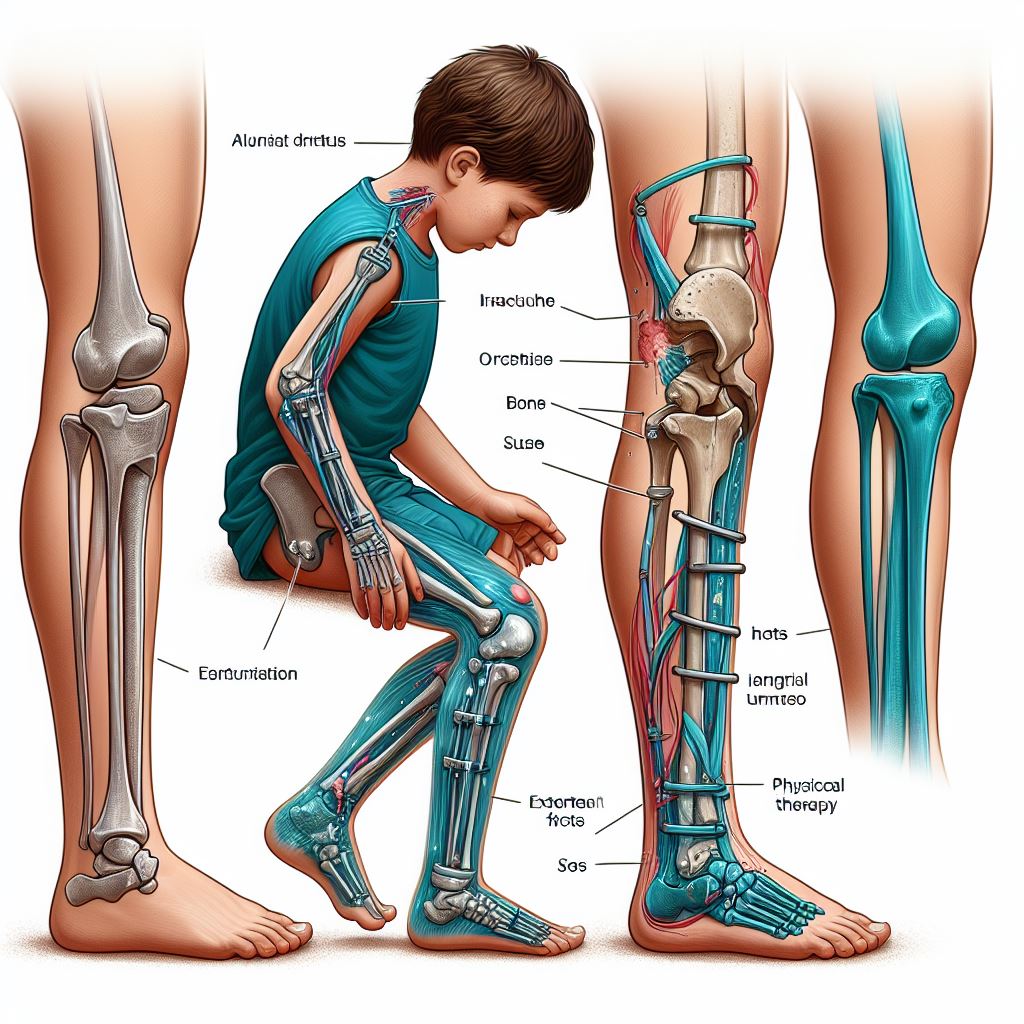


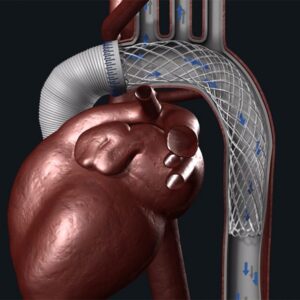
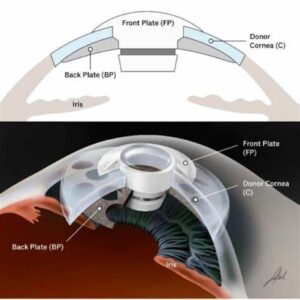
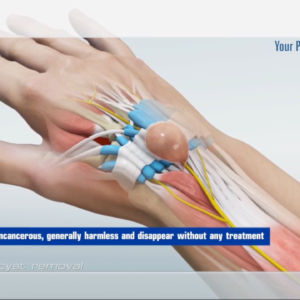
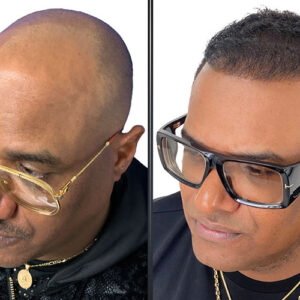
Reviews
There are no reviews yet.